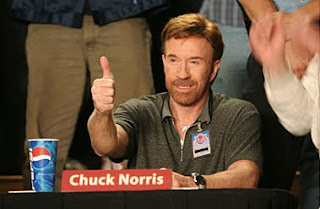The needs are separated into five categories :
- cognitive needs
- affective needs
- Personal integrative needs
- social integrative needs
- tension free needs
Cognitive Needs
people access the media (newspaper, magazines, TV, internet, etc.) to acquire specific information. They want to gain more knowledge, on a certain event or topic.
Affective needs
People use the media to satisfy their emotional needs. In most cases, television is the best form of media to please affective needs. We find ourselves relating to the people on TV. We sympathize when something bad happens to them or we
celebrate their victories with them.
Personal Integrative Needs
The personal integrative need is also known as the self esteem need. Media such
advertisements on TV and in magazines fulfill our personal integrative needs. People will change their lifestyle to be cool as according to the media and advertising help them do this
Social Integrative Needs
social networking sites such as Facebook and Myspace satisfy social integrative needs. These sites let know what their peers are up too.
Example: If a girl wants to know if a guy she is interested, she will check Facebook for their relationship status.
Tension Free Needs
People may use tension free needs as an outlet. The media can help a person escape and relieve tension. A person can relax while listening to their favorite song or artist or watching their favorite show.




